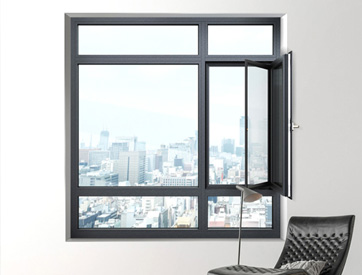Specialty Windows: Elevating Spaces with Unique Design and Functionality
Specialty windows are more than just architectural elements; they are statements of creativity, functionality, and individuality. Unlike standard windows, specialty windows are designed to meet specific aesthetic, structural, or functional needs, making them a cornerstone of innovative architecture and interior design. From historic renovations to modern masterpieces, specialty windows have the power to transform spaces into works of art.
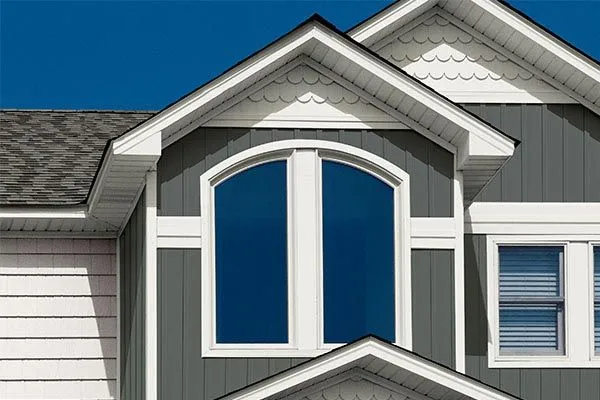

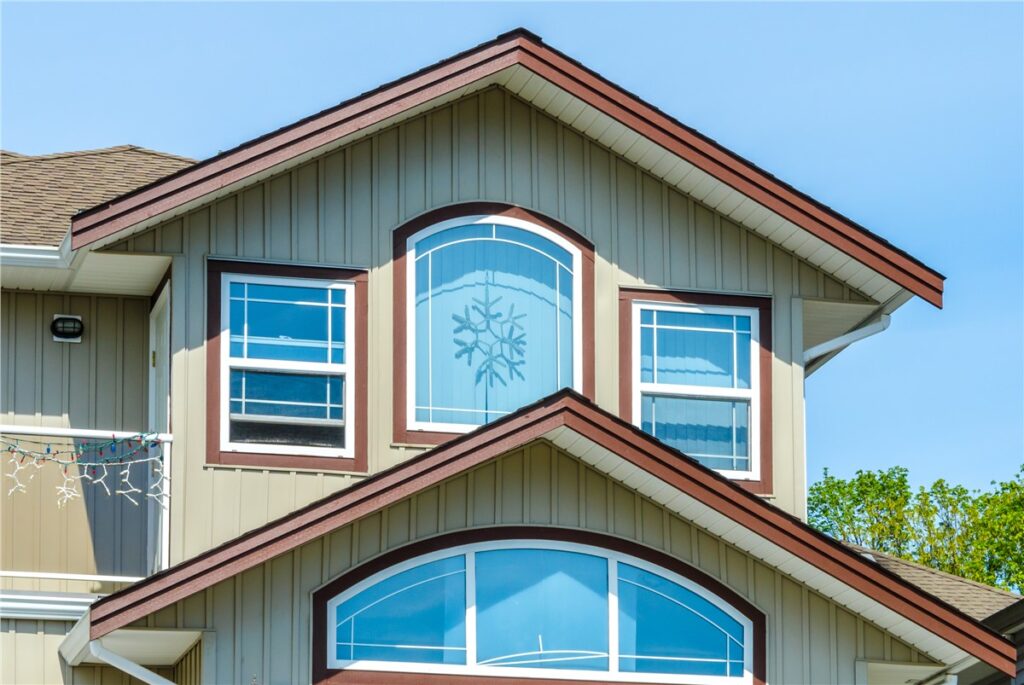
The Essence of Specialty Windows

Specialty windows are custom-designed to address unique challenges or opportunities within a space. They can take on unconventional shapes, incorporate advanced technologies, or feature intricate designs that set them apart from traditional windows. Whether it’s a circular window in a Gothic revival home or a floor-to-ceiling glass wall in a contemporary loft, specialty windows are tailored to enhance both form and function.
The appeal of specialty windows lies in their ability to solve problems creatively. For example, they can bring natural light into dark corners, frame breathtaking views, or serve as focal points in a room. Their versatility makes them ideal for projects where standard windows fall short, such as in irregularly shaped rooms or buildings with historical significance.

Key Features of Specialty Windows
Unconventional Shapes and Sizes: Specialty windows break away from the rectangular norm, offering shapes like circles, arches, triangles, or even custom geometric designs. These unique forms can complement architectural styles or create striking visual contrasts.
Advanced Materials and Technologies: From energy-efficient glass to smart window systems, specialty windows often incorporate cutting-edge materials and technologies. For instance, electrochromic glass can tint automatically to control sunlight, while laminated glass enhances safety and soundproofing.
Artistic and Decorative Elements: Many specialty windows feature decorative details such as stained glass, etched patterns, or custom frames. These elements can reflect cultural heritage, personal taste, or artistic vision, turning windows into functional art pieces.
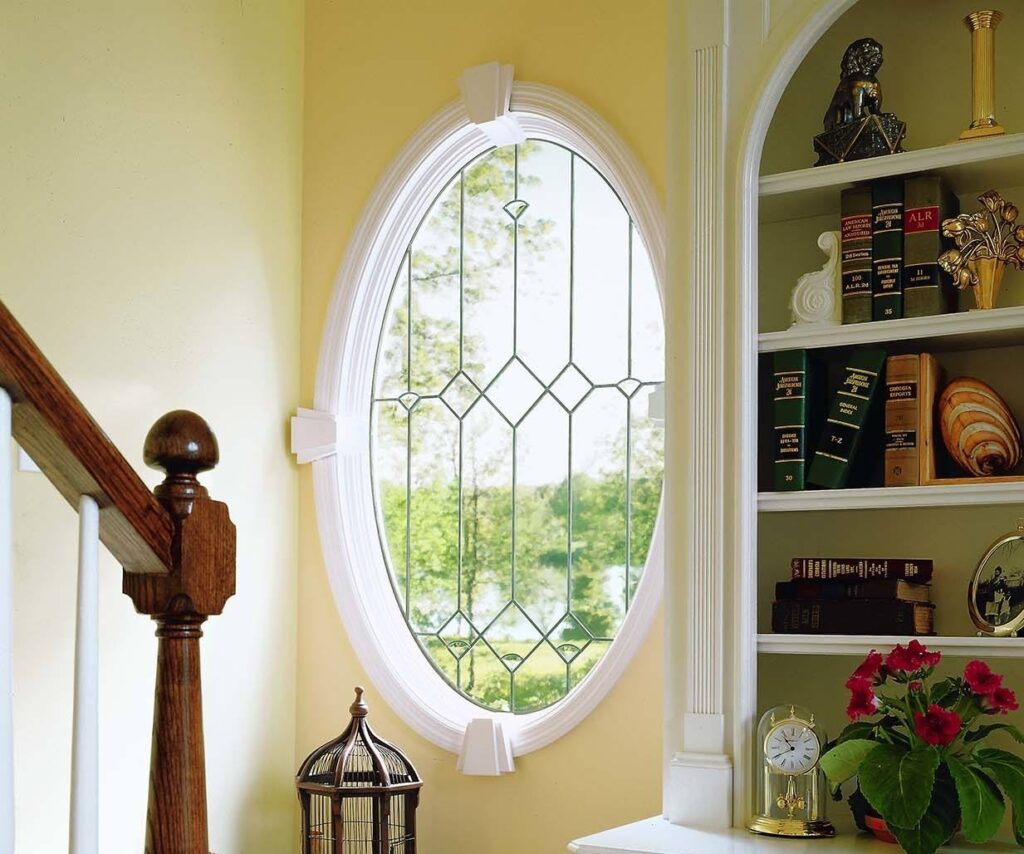
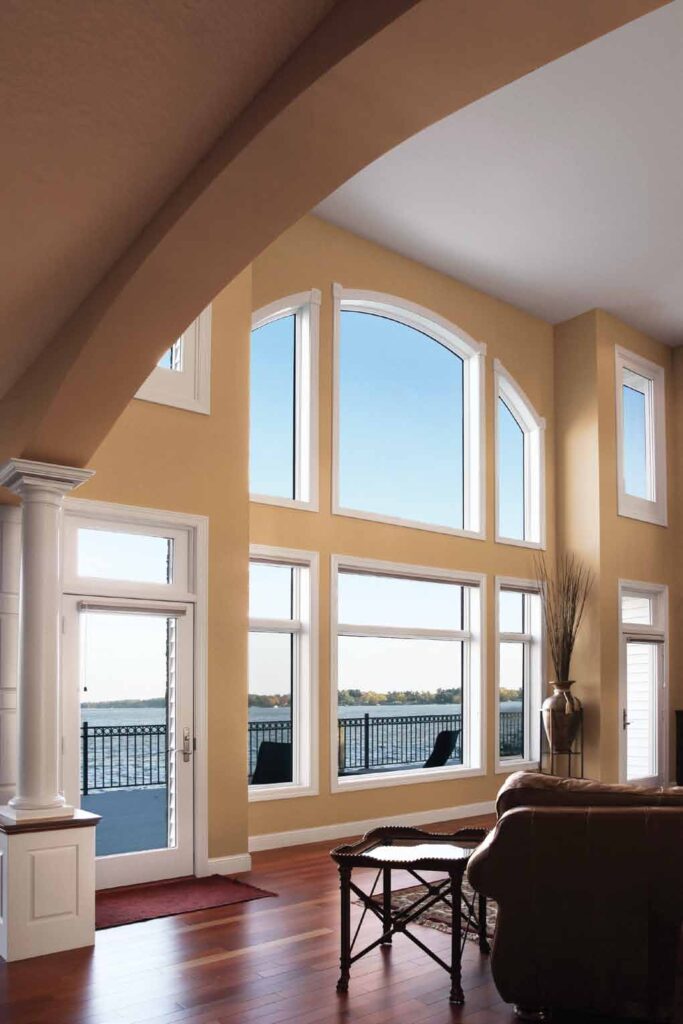
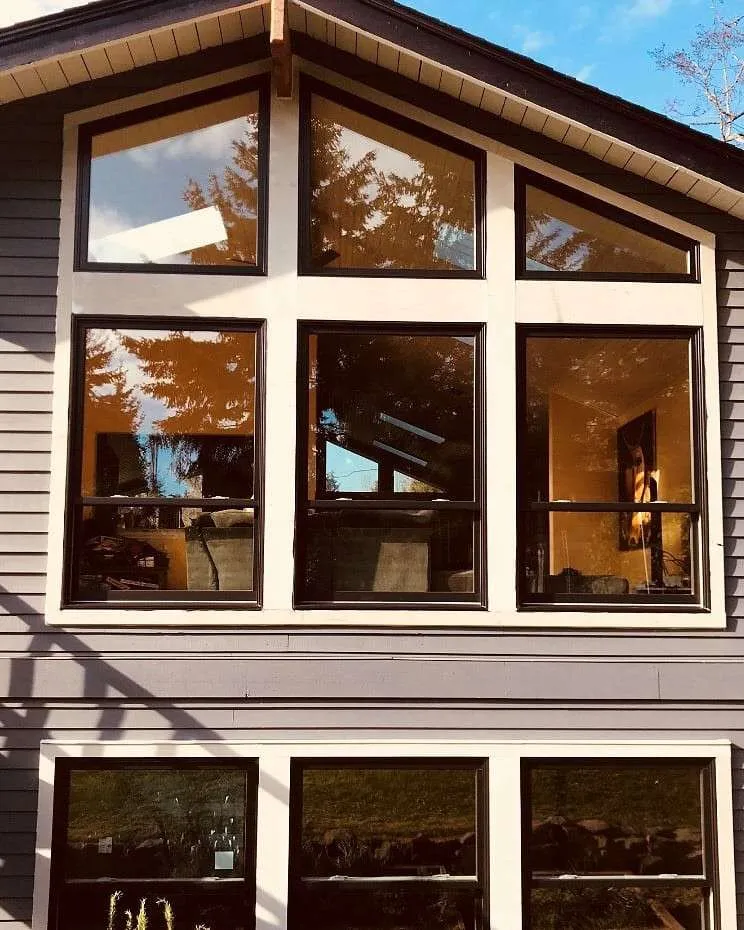
Applications of Specialty Windows
Historic and Architectural Restoration: In historic buildings, specialty windows are essential for preserving authenticity while meeting modern standards. For example, replicating original stained glass or designing custom frames to match period aesthetics can breathe new life into old structures.
Modern and Contemporary Spaces: In modern architecture, specialty windows often serve as bold design statements. Large glass walls, corner windows, or asymmetrical designs can blur the boundaries between indoors and outdoors, creating a seamless connection with nature.
Challenging Spaces: Specialty windows excel in spaces with unique challenges, such as attics, basements, or irregularly shaped rooms. Skylights, for instance, can illuminate dark areas, while custom-shaped windows can fit snugly into tight or angled spaces.
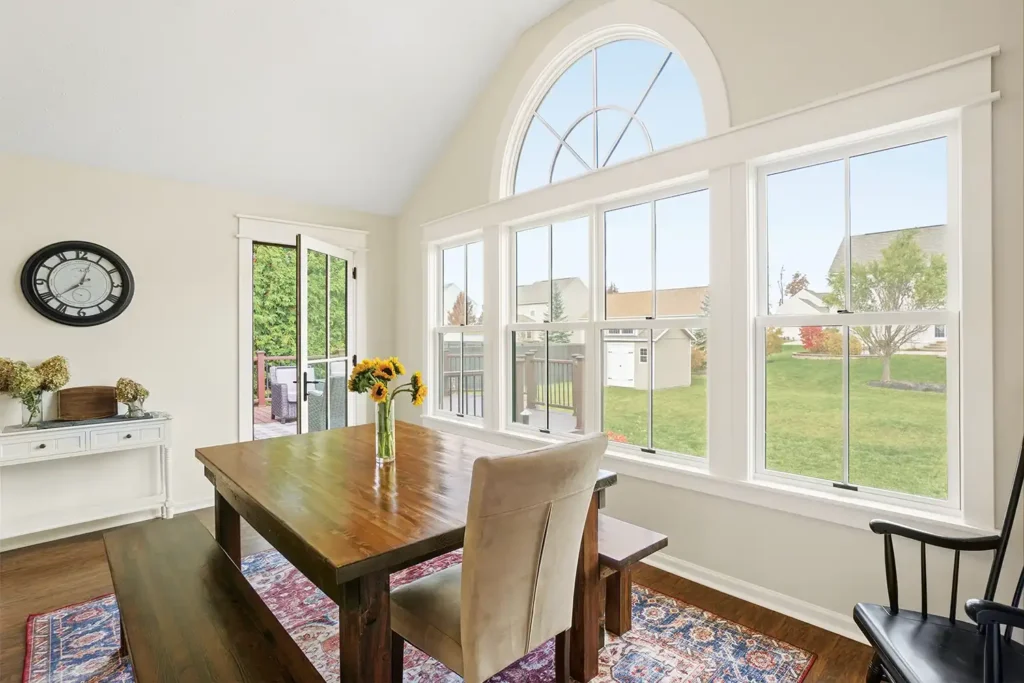
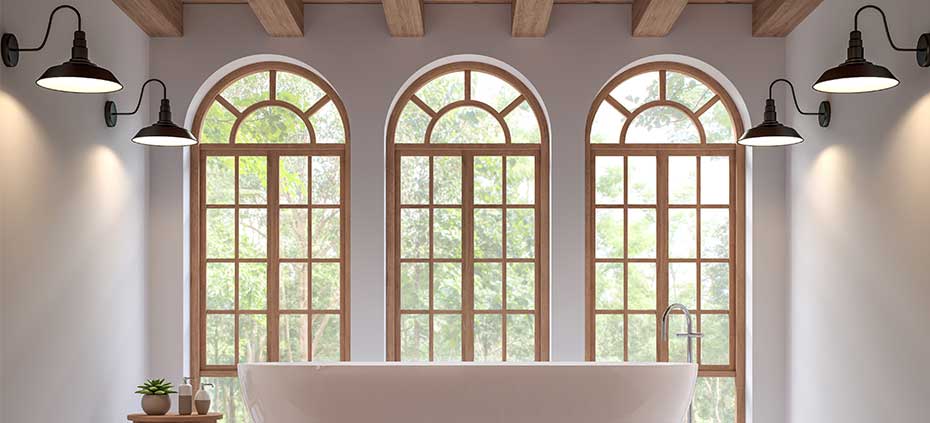

The Future of Specialty Windows
As technology advances, specialty windows are becoming smarter and more sustainable. Innovations like self-cleaning glass, solar-integrated windows, and dynamic glazing are pushing the boundaries of what windows can do. These advancements not only enhance functionality but also contribute to energy efficiency and environmental sustainability.
Specialty windows are more than just functional components; they are expressions of creativity and innovation. By combining unique designs with advanced technologies, they elevate spaces to new heights, offering both beauty and practicality. As architecture and design continue to evolve, specialty windows will remain at the forefront, transforming the way we think about light, space, and connection.
